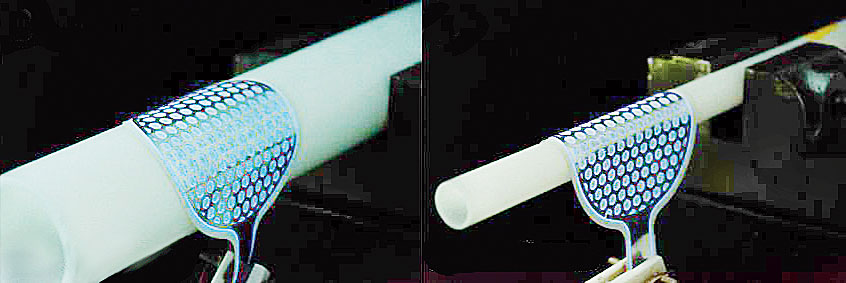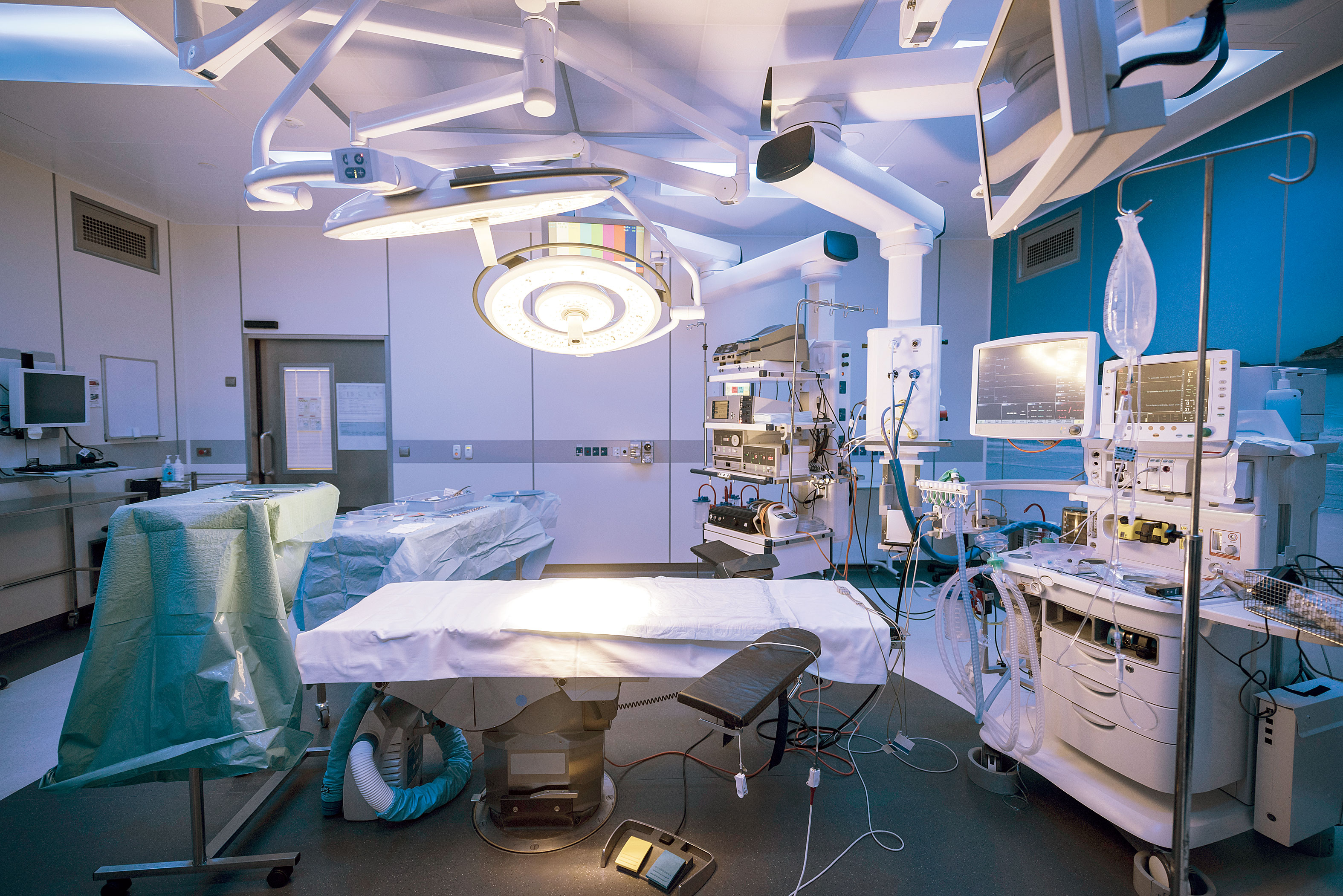Superbugs brewed in hospitals, a form of Japanese papercraft and an aerospace engineer of Indian origin. The coming together of these disparate bits of a jigsaw puzzle has resulted in a strip of paper that can get rid of the toughest drug-resistant microbes. These germs surreptitiously snuff out millions of lives across the globe every year.
Healthcare-associated infections (HAIs) — infections contracted in hospitals, nursing homes or clinics — are among the most significant causes of illness and mortality, both in the developed and developing world. According to the World Health Organization, out of every 100 hospitalised patients, approximately seven in developed countries and 10 in developing countries will contract an HAI at any given time.
The Centers for Disease Control (CDC) estimates that in hospitals in the US, HAIs — also known as nosocomial infections — account for about 1.7 million infections and 99,000 associated deaths each year. Such infections account for 37,000 attributable deaths in Europe annually and potentially many more that could be related. The annual financial loss runs into billions of dollars — resulting from treatment costs and work days lost.
The International Nosocomial Infection Control Consortium, a global surveillance network, found that HAIs — a large number of them resistant to a variety of antimicrobials (agents that kill microorganisms) — are markedly higher in India than in the US. The consortium conducted a study on patients in intensive care units (ICUs) across 40 Indian hospitals. The findings indicate that medical devices, beds and the clothes of caregivers are responsible for a large portion of HAIs, particularly in critically ill patients.
The industry standard for sterilisation in most Indian healthcare units is autoclaving. Anything that requires sterilisation is put into a machine called an autoclave, which uses pressurised high-temperature steam to kill all microorganisms. However, there are certain disadvantages such as damage to rubber, metal and stainless steel. The effectiveness of the autoclave is also suspect if the load is too heavy.

The plasma sanitiser is extremely flexible, making it easy to clean uneven and large surfaces in a hospital or clinic Sourced by The Telegraph
These things have forced many upscale healthcare establishments to move to plasma sterilisation, which uses a soup of charged particles in an electric field, called plasma — naturally found in stars, auroras, tails of comets and lightning bolts. Plasma is the fourth state of matter after solid, liquid and gas. You can find artificially manufactured plasmas in neon signs, fluorescent bulbs, plasma TV screens and in nuclear fusion.
Usually, disinfecting agents such as ozone and other reactive oxygen species (ROS) are produced by plasma generators to sanitise or sterilise medical devices and contaminated materials. Plasma treatments can deactivate a range of microbes, including the methicillin-resistant superbug, Staphylococcus aureus, and adenoviruses on varied substrates.
However, these plasma-based generators typically use rigid components, which cannot bend or conform to irregularly-shaped objects. The lack of flexibility limits their potential use as protective skins for prosthetics, wearable garments, robotics or hard-to-access areas where microbes might collect. In addition, these generators can’t offer protection over large surfaces.
To tackle these problems, a team of US-based researchers — including four aerospace engineers — has fabricated a flexible plasma generator made from paper. Says Subrata Roy, one of the innovators based at the University of Florida, US, “We have used a special type of plasma generator with layered and patterned sheets of paper.” Roy has earlier designed a plasma-powered space vehicle similar to a flying saucer.
The team has taken inspiration from Kirigami, the Japanese art of paper cutting. Typically, Kirigami starts with a folded sheet of paper which is then snipped. It is unfolded, the cuts are opened and flattened to make symmetrical things, such as snowflakes, pentagrams and orchid blossoms. “Kirigami-based devices can become more useful for building conformable electronics that require stretching or bending around more than one axis; our sanitisers can be built around curved or complicated structures,” says Roy.
Conventional plasma-based treatments deactivate microbes by powering a reactor that has electrodes in a confined chamber. The electric field around electrodes ionises fluids in the vicinity. Ionising air at room temperature and pressure produces ozone and other reactive oxygen species that have germicidal properties.
Ozone has been used to purify water in many European countries for over a century. Says Roy, “The electrical discharge between two electrodes is separated by an insulating dielectric barrier. The system generates copious amounts of ozone and ROS and rapidly infuses the gas to sterilise or disinfect.” The research was published in the Proceedings of National Academy of Sciences. The plasma steriliser, patented in the US, Japan, Canada and Europe, has been able to destroy a variety of drug-resistant microbes as well as remove toxic chemicals such as lead and mercury.
The paper-based disposable sanitiser is thin, flexible and light. “Imagine caregivers wearing self-sanitising dresses in hospitals, emergency rooms and hospice facilities in the near future,” says Roy. “Only a push of a button can make the garment germ-free in a couple of minutes before the next patient is wheeled in,” he adds. Some day it can also be applied to treat chronic or non-healing wounds.
All said and done, such low-cost plasma sanitisers can save the lives of millions who come seeking cure to hospitals but end up with a fatal infection instead.










